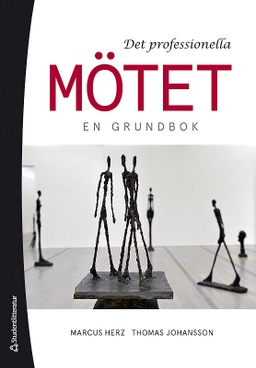

The rhythmic structure of musicUpplaga 4
- Upplaga: 4e upplagan
- Utgiven: 1963
- ISBN: 9780226115221
- Sidor: 221 st
- Förlag: Phoenix
- Format: Häftad
- Språk: Engelska
Om boken
Åtkomstkoder och digitalt tilläggsmaterial garanteras inte med begagnade böcker
Mer om The rhythmic structure of music (1963)
I april 1963 släpptes boken The rhythmic structure of music skriven av Grosvenor W. Cooper. Det är den 4e upplagan av kursboken. Den är skriven på engelska och består av 221 sidor. Förlaget bakom boken är Phoenix.
Köp boken The rhythmic structure of music på Studentapan och spara pengar.
Referera till The rhythmic structure of music (Upplaga 4)
Harvard
Oxford
APA
Vancouver



















